In recent years, the lingerie industry has witnessed a revolutionary shift with the emergence of "size-free" or "one-size-fits-all" bras. Marketed as a universal solution to the often frustrating process of bra shopping, these products promise comfort, simplicity, and inclusivity. But beneath the appealing marketing lies a critical question: does this innovative design truly cater to every body type, or does it fall short of its ambitious claims?
The concept of size-free lingerie is built on the use of stretchable, adaptive fabrics—such as spandex, nylon, and elastane blends—that aim to mold to various body shapes without traditional sizing constraints. Brands promoting these items emphasize freedom from restrictive bands, wires, and predetermined cup sizes, positioning them as a modern answer to diversity in women's bodies. For some consumers, this approach has been liberating, offering a sense of ease and reducing the anxiety associated with finding the perfect fit.
However, the reality of universal fit is far more complex. Human bodies are not uniform; they vary significantly in ribcage circumference, breast volume, distribution of tissue, and overall proportions. A design that accommodates a petite frame might strain and lose support on a fuller bust, while a larger band could fail to provide adequate anchoring for a slender torso. The very idea of "one size" implies a standardization that contradicts the natural diversity of female anatomy.
Support is another crucial factor where size-free bras may struggle. Traditional bras are engineered with specific structures—underwires, seamed cups, adjustable straps—to distribute weight and lift breasts according to individual needs. In contrast, many size-free versions rely solely on elastic tension, which can lead to inadequate support for those with heavier busts. This lack of reinforcement might result in discomfort, back pain, or even long-term issues related to poor posture.
Comfort, ironically, can also be compromised. While the stretch fabrics are soft and flexible, they may create pressure points if the garment is too tight on a larger frame or too loose on a smaller one. Without adjustable features, such as multiple hook settings or strap modifiers, the bra cannot be customized to individual preferences, potentially causing chafing, digging, or slippage throughout the day.
From a psychological perspective, the branding of "size-free" can be both empowering and exclusionary. On one hand, it promotes body positivity by moving away from numbered labels that often carry stigma. On the other, it risks ignoring the unique needs of marginalized body types, particularly plus-size or very petite individuals, who have historically been underserved by the fashion industry. If a single design cannot genuinely accommodate extreme ends of the size spectrum, the inclusive message may ring hollow.
Consumer experiences reflect this dichotomy. Many wearers with medium builds and moderate bust sizes report satisfaction, praising the comfort and convenience. Yet, those outside this range often share stories of disappointment—overflowing cups, rolling bands, or insufficient lift—highlighting that the product works well only within a limited set of parameters. This feedback suggests that "one-size-fits-all" might more accurately be described as "one-size-fits-some."
In conclusion, while the size-free bra movement represents a positive step toward challenging outdated norms in lingerie, it is not a panacea. Its success depends heavily on individual body characteristics and personal expectations. For the concept to evolve truly inclusive, brands might need to offer ranged adaptability or hybrid designs that incorporate customizable elements. As consumers become more vocal about their needs, the industry must listen and innovate further, ensuring that the promise of comfort and fit is accessible to all, not just a select few.
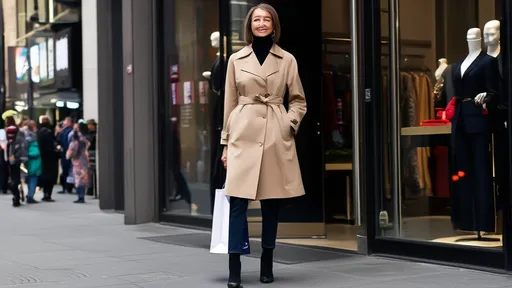
By /Aug 21, 2025
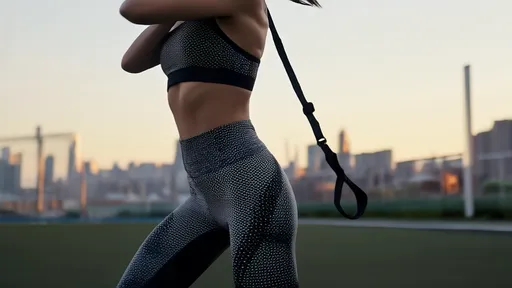
By /Aug 21, 2025

By /Aug 21, 2025
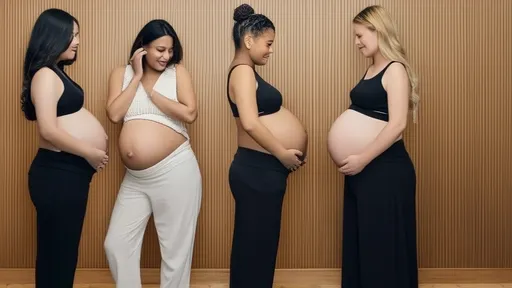
By /Aug 21, 2025

By /Aug 21, 2025

By /Aug 21, 2025

By /Aug 21, 2025

By /Aug 21, 2025
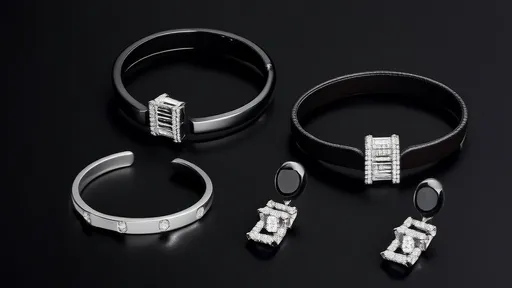
By /Aug 21, 2025

By /Aug 21, 2025
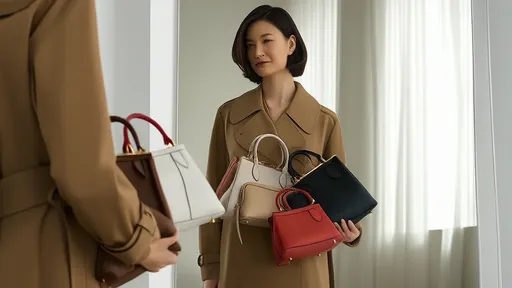
By /Aug 21, 2025
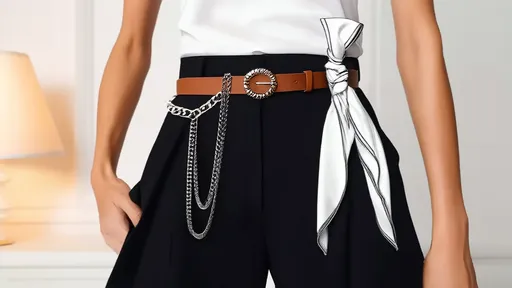
By /Aug 21, 2025
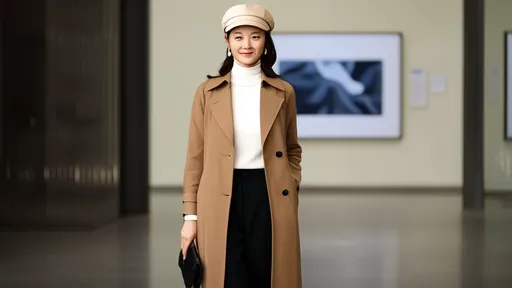
By /Aug 21, 2025
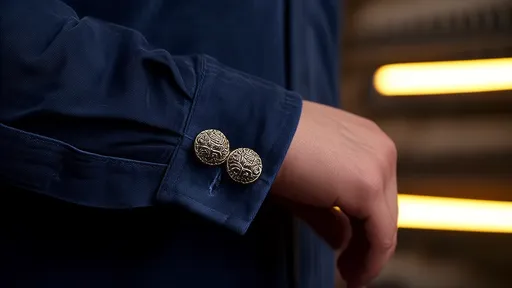
By /Aug 21, 2025

By /Aug 21, 2025
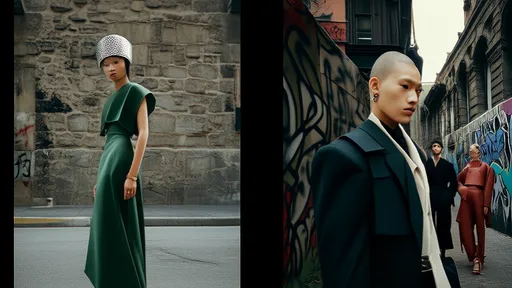
By /Aug 21, 2025

By /Aug 21, 2025

By /Aug 21, 2025

By /Aug 21, 2025

By /Aug 21, 2025